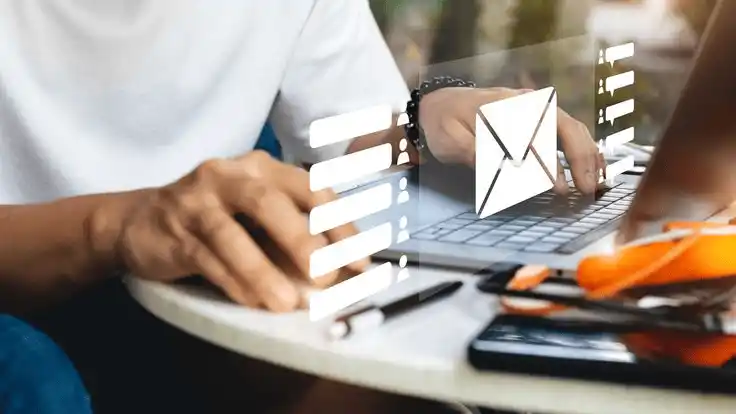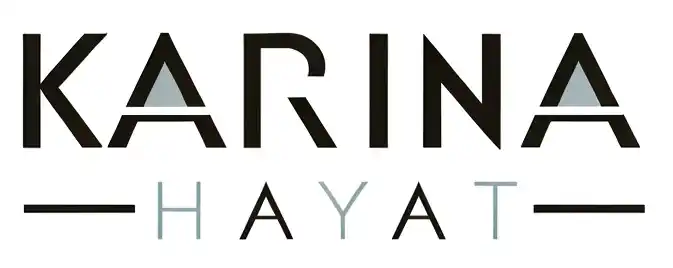Karina Hayat’s Expert Tips for Crafting Effective B2B Sales Follow-Ups

In B2B sales, success rarely comes from a single email. The real impact is made through strategic follow-ups. While persistence is crucial, how you follow up matters even more. Using sales follow-up techniques effectively can greatly improve your chances of converting leads, while poorly executed follow-ups might harm your chances.
In this article, we will explore the importance of follow-up emails and offer insights on how to make them more effective in your sales process.
Why Sales Follow-Up Techniques Are Essential
Decision-makers in B2B are often overwhelmed with emails and tasks, which means your initial outreach might be overlooked. Follow-up emails help remind the prospect of your message and show your dedication.
Studies suggest that most sales require five or more follow-ups, yet many salespeople stop after one. This demonstrates that perseverance is crucial in B2B sales, but it’s the quality and strategy behind the follow-up that drives results.
Building Relationships Through Effective Follow-Ups
Sales follow-up techniques are not about just reminding a lead of your initial message—they should aim to build stronger connections. Instead of resending the same information, a follow-up should offer fresh insights. You could highlight a relevant case study, provide updated information, or address a concern the prospect didn’t mention before.
For example, if your initial email introduced your product’s features, you can follow up with a success story or example that shows how your solution helped someone in a similar situation. This keeps the conversation going and shows the value you bring beyond just selling a product.
Best Practices for Crafting Follow-Up Emails
Here are some key approaches to making your follow-up emails more effective:
1) Timing Matters
Send your first follow-up email within 3-5 days, and then maintain a gap of 5-7 days between each follow-up. This provides enough space to keep the conversation alive without overwhelming the recipient.
2) Personalize Your Message
Personalization is a critical aspect of effective sales follow-up techniques. Refer to specific details from your previous interactions to show you’re paying attention to their needs.
3) Provide Added Value
Your follow-up emails should offer something new. This could be an industry report, an insightful article, or another piece of content that could benefit your lead. By continuously offering value, you’ll increase the chances of progressing the relationship.
Sample Follow-Up Emails
Here are examples of how to structure your follow-up emails effectively:
1) First Follow-Up After Initial Contact:
Subject: Revisiting Our Discussion on [Topic]
Hi [Name], I hope all is well! I wanted to follow up on our last conversation regarding [specific topic] and share a brief case study that may be helpful. Let me know if you’d be open to a quick call to discuss further.
2) Follow-Up After a Missed Meeting:
Subject: Let’s Reschedule Our Conversation
Hi [Name], I understand that your schedule is busy! I’d love to reschedule our meeting and discuss how we can assist with [specific challenge]. Would [suggest two dates/times] work for you? Here’s a summary of what we had planned to cover.
Personalizing your sales follow-up techniques ensures that your emails stand out and foster a positive connection with the recipient.
The Importance of Positioning Yourself as a Trusted Advisor
In your follow-up emails, it’s essential to focus on positioning yourself as an expert rather than simply selling your product. Instead of pushing for a sale, offer insights that demonstrate your knowledge of the industry or challenges your lead faces. This shows that you’re invested in solving their problems.
For example:
Hey [Name], I came across an article about [specific topic] that I thought might interest you based on our previous conversation. It got me thinking about how [your company name] could support you in this area. Let me know if you’d like to chat more!
This approach highlights your expertise while showing genuine interest in their business success.
Timing and Persistence: Striking the Right Balance
The timing of your follow-ups can make or break your chances of closing a deal. Sending follow-ups too soon may appear pushy, while waiting too long could lead to the prospect losing interest. A good balance is key.
As a general guideline, wait 3-5 days after your first email to follow up. Afterwards, space your follow-ups out by 5-7 days. If your lead missed a meeting or hasn’t responded to an important email, use the follow-up as a way to offer flexibility and restate the value of the conversation.
Follow-Up Emails: More Than Just a Courtesy
Sales follow-up emails are a vital part of the sales process. They allow you to refine your approach, reinforce your value, and show your commitment to solving the prospect’s problem. In B2B sales, where the sales cycle is longer and the stakes are higher, these emails serve as essential tools to keep the conversation moving forward.
Each follow-up email is a chance to offer something valuable, build trust, and strengthen the relationship. So, the next time you’re crafting a follow-up, remember that persistence with purpose is the key to success in sales. With the right timing, personalized messaging, and value-driven communication, your follow-up emails can be the catalyst that turns an opportunity into a closed deal.
Is your follow-up strategy adding value or just pushing for a sale?
